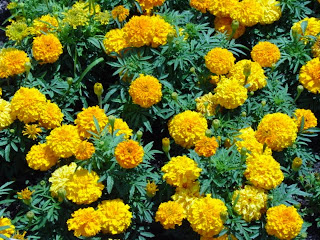 A pretty pink flower has appeared everywhere and out of nowhere I go and in my garden. I’m now fascinated by it. I’ve learned some of its names: The Naked Lily, Magic Lily and The Resurrection Lily which offer some clues to its temperament and its tendency to seemingly manifest itself out of thin air. Here’s a couple stories connected to its name and anatomy I uncovered for it:
A pretty pink flower has appeared everywhere and out of nowhere I go and in my garden. I’m now fascinated by it. I’ve learned some of its names: The Naked Lily, Magic Lily and The Resurrection Lily which offer some clues to its temperament and its tendency to seemingly manifest itself out of thin air. Here’s a couple stories connected to its name and anatomy I uncovered for it:It is named after an intriguing woman of the 1st century BC, Lycoris. She was an enigmatic freed slave-actress-courtesan of Hellenic origin who traveled to Rome and specialized in the art of Mime. Her lovers were some of the biggest names of the time: Gallus, Brutus, and Marc Antony.

Lycoris, the plant, originated in Eastern and Southern Asia. There its architecture inspired the bittersweet legend of Mañjusaka. It’s a tale of two elves with the god given task of caring for the plant. Manju was to guard the flower and Saka the leaves. They became so overcome by their curiosity for each other they figured a way to meet and instantaneously fell in love. God annoyed for the disruption of their duties punishes the elves by having the leaves fall before the flower blooms so they may never have the ability to be together again till they die. Within Manja and Saku’s afterworld of Diyu they make the vow to meet through their reincarnations, but for one reason or another they never fulfill their oath.













